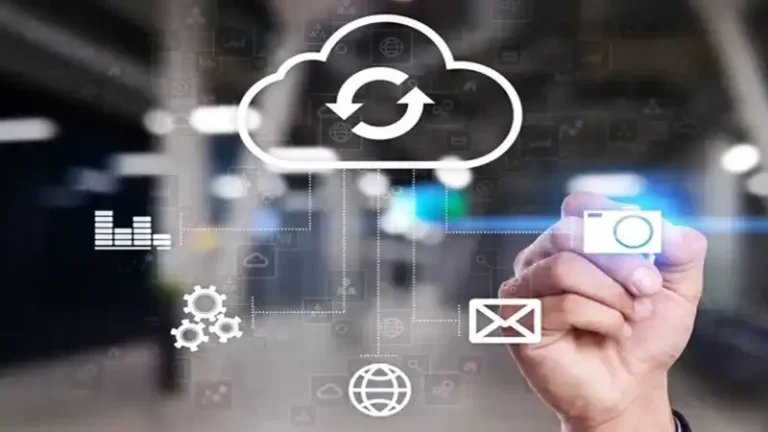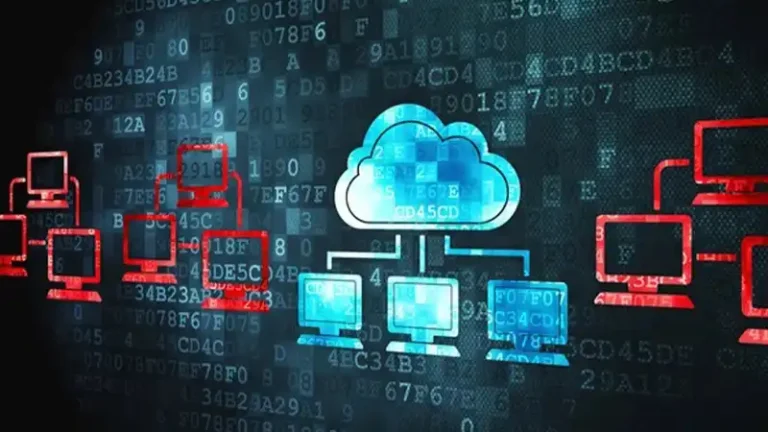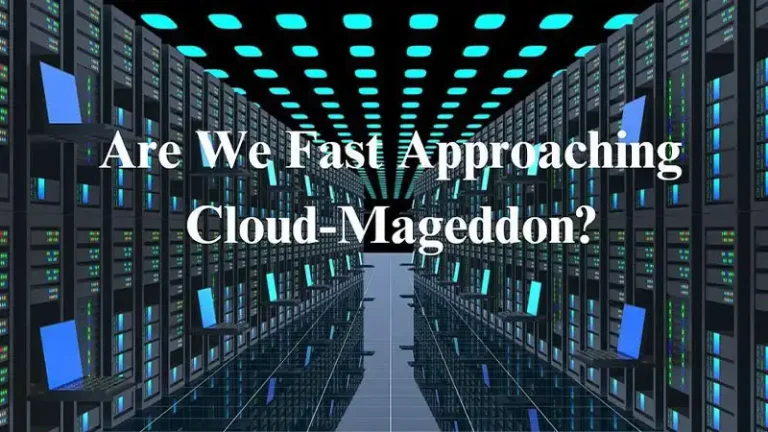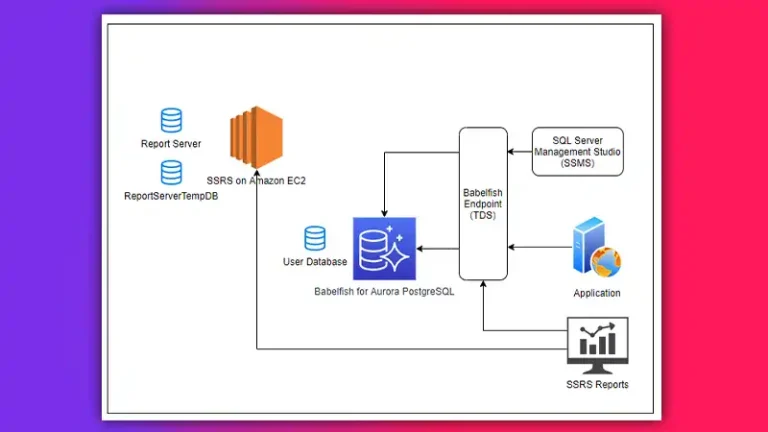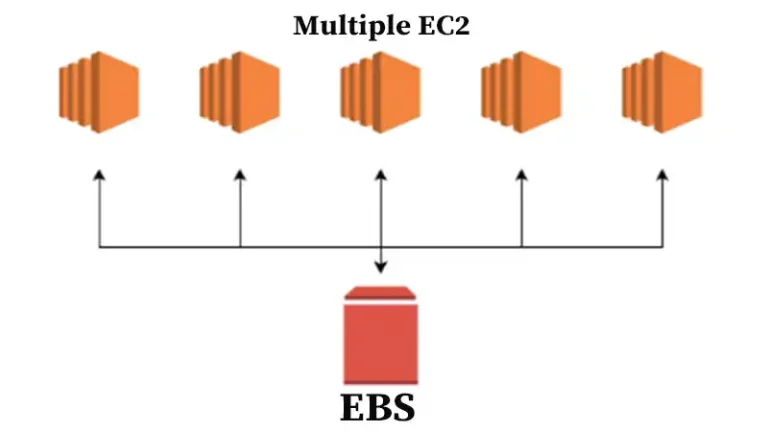How Is the Development of SaaS Related to Cloud Computing | Explained
Cloud computing’s SaaS operates on a subscription-based model, requiring users to subscribe to access software hosted on the cloud.
Software as a Service (SaaS) and Cloud Computing are a power duo, reshaping how software is accessed and utilized. SaaS relies on Cloud Computing as its backbone, allowing for flexible and scalable applications.
It’s high time we talked about how these innovations fuel each other’s growth, shaping our digital landscape with accessibility and innovation at the forefront.
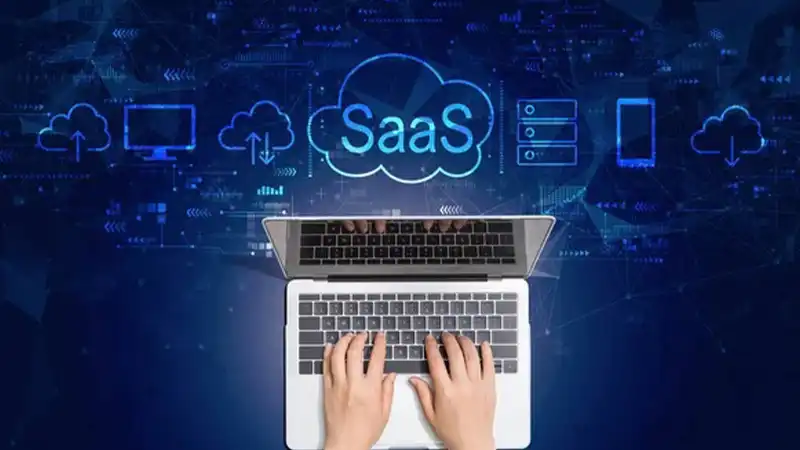
The Development of SaaS
Software as a Service (SaaS) development refers to the creation and delivery of software applications that are hosted on a cloud infrastructure and accessed by users over the internet. In this model, instead of purchasing and installing software on individual computers, users subscribe to the service provided by the SaaS provider.
SaaS development involves designing, building, deploying, and maintaining software applications specifically for the cloud environment. Developers focus on creating multi-tenant architectures that allow multiple users or organizations to use the same application while keeping their data and configurations separate and secure.
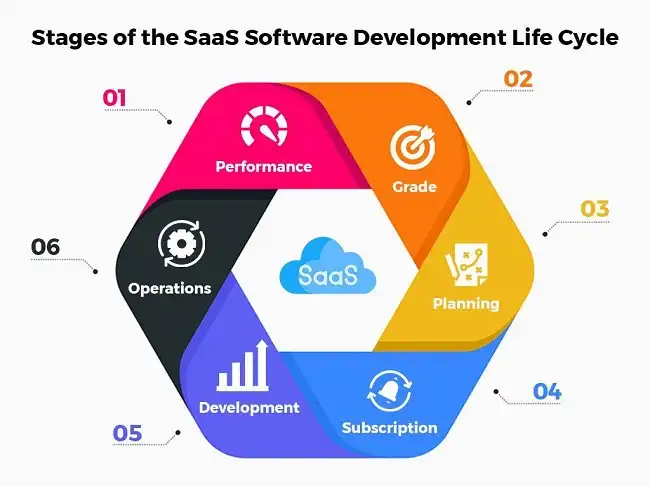
Cloud Computing
Cloud computing is a technology that revolutionizes the way computing resources are delivered, accessed, and managed. At its core, cloud computing involves the use of remote servers hosted on the Internet to store, manage, and process data, instead of relying on local servers or personal devices.
Essentially, cloud computing provides access to various services such as servers, storage, databases, networking, software, and more, over the internet. It offers a flexible and scalable way to access computing power without the need for extensive infrastructure investments.
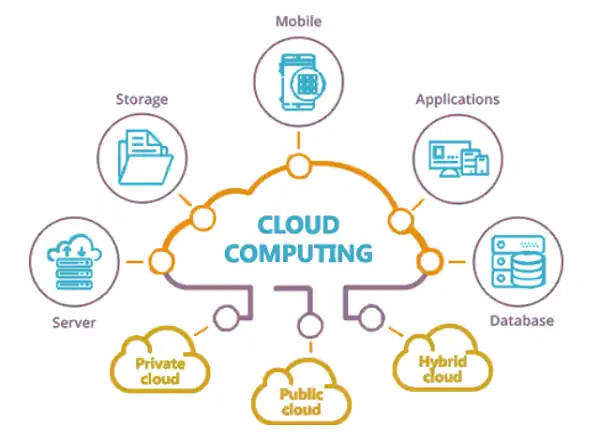
The Relationship Between SaaS and Cloud Computing
SaaS (Software as a Service) and cloud computing are intricately interconnected, yet they represent different aspects of the modern technology landscape.
SaaS Is a Delivery Model
SaaS refers to the method of delivering software applications over the internet, allowing users to access and use the software via a web browser or dedicated app.
It’s a specific subset of cloud computing where applications are hosted and managed by a third-party provider and made available to users on a subscription basis. Examples of SaaS include Google Workspace, Salesforce, and Microsoft Office 365.
Cloud Computing Is the Infrastructure
Cloud computing, on the other hand, is a broader concept that encompasses the delivery of various computing services over the Internet. It involves the use of remote servers, networks, storage, databases, and other resources to deliver computing power as a service.
Cloud computing provides the underlying infrastructure that enables SaaS, along with other service models like IaaS (Infrastructure as a Service) and PaaS (Platform as a Service).
The relationship between SaaS and cloud computing can be understood through these points:
– Foundation of SaaS: SaaS relies on the infrastructure provided by cloud computing. SaaS applications are built, deployed, and operated on cloud infrastructure. Cloud computing facilitates the scalability, reliability, and accessibility that are crucial for delivering SaaS solutions.
– Utilization of Cloud Services: SaaS providers leverage cloud computing services, such as storage, networking, and computing power, to deliver their applications. They utilize the flexibility and scalability of cloud resources to ensure their SaaS offerings are available, responsive, and adaptable to varying user demands.
– Advantages of Cloud for SaaS: Cloud computing offers numerous advantages to SaaS providers, including cost-effectiveness, scalability, global reach, easier maintenance, and seamless updates.
SaaS providers can focus on delivering their applications without concerning themselves with the underlying infrastructure, relying on cloud service providers for robust and secure computing resources.
Why is the relationship between SaaS and Cloud Computing crucial for the digital future?
This relationship forms the backbone of modern software delivery, fostering a more connected, efficient, and innovative digital future by providing accessible, scalable, and cost-effective solutions to businesses and individuals alike.
How does the growth of SaaS influence the evolution of Cloud Computing?
The demand for more advanced SaaS applications drives Cloud Computing providers to innovate and enhance their services. The feedback loop between SaaS development and Cloud Computing advancements fosters continuous innovation and improvement.
Are there any challenges related to SaaS development in the context of Cloud Computing?
While the partnership between SaaS and Cloud Computing offers numerous benefits, challenges include ensuring data privacy, maintaining consistent performance across devices, and addressing security concerns in a shared infrastructure environment.
Conclusion
The development of SaaS and Cloud Computing is a testament to the interconnectedness of technological evolution. As SaaS applications evolve to meet the dynamic needs of businesses and consumers, the robust and flexible infrastructure provided by Cloud Computing remains the cornerstone of their success.

